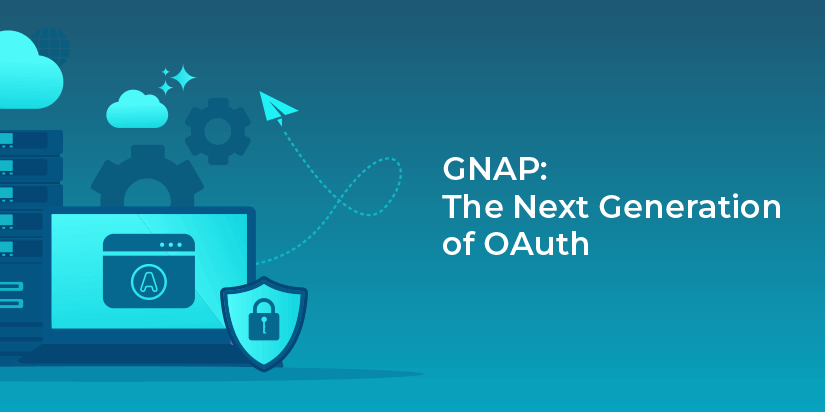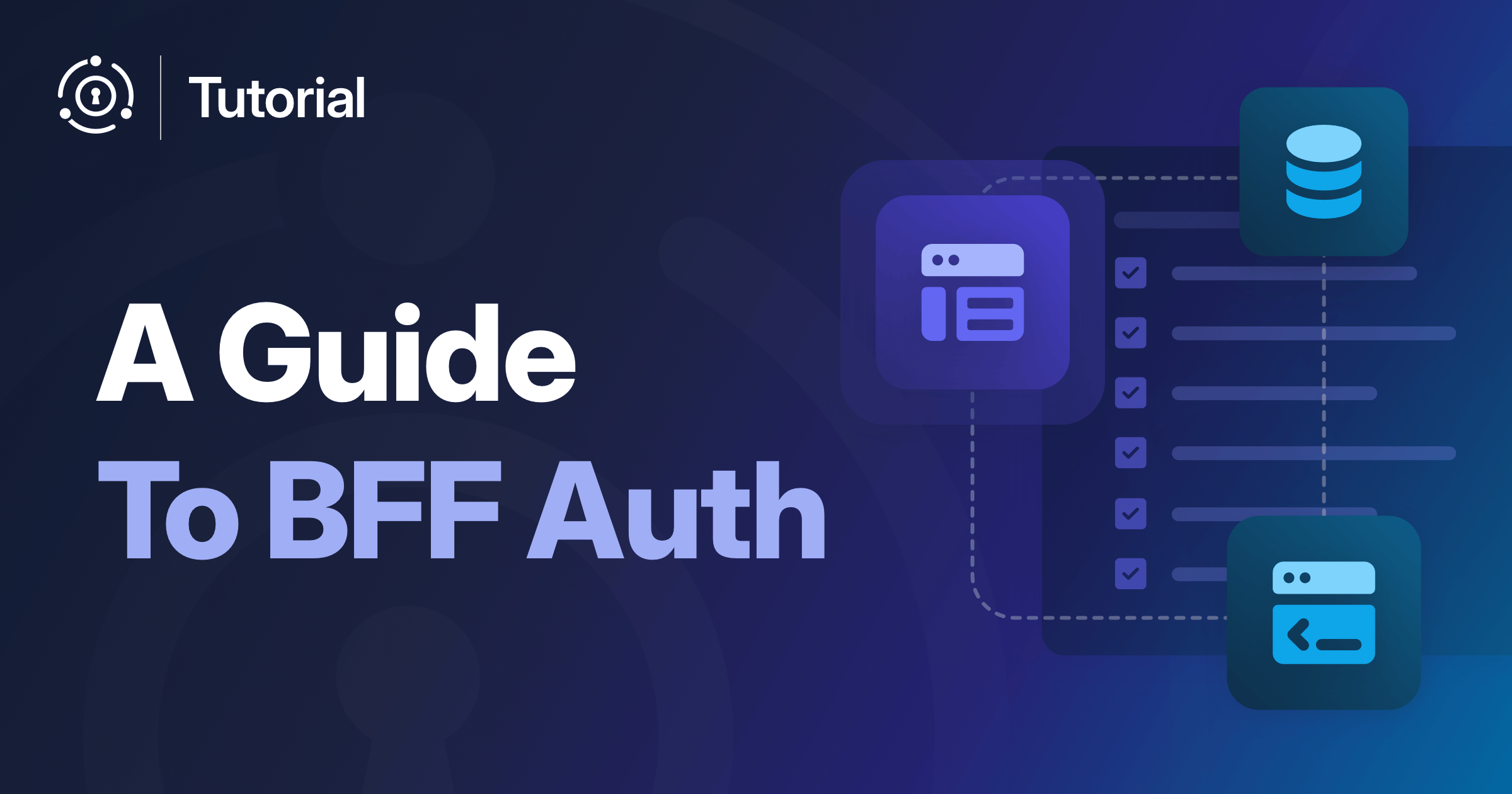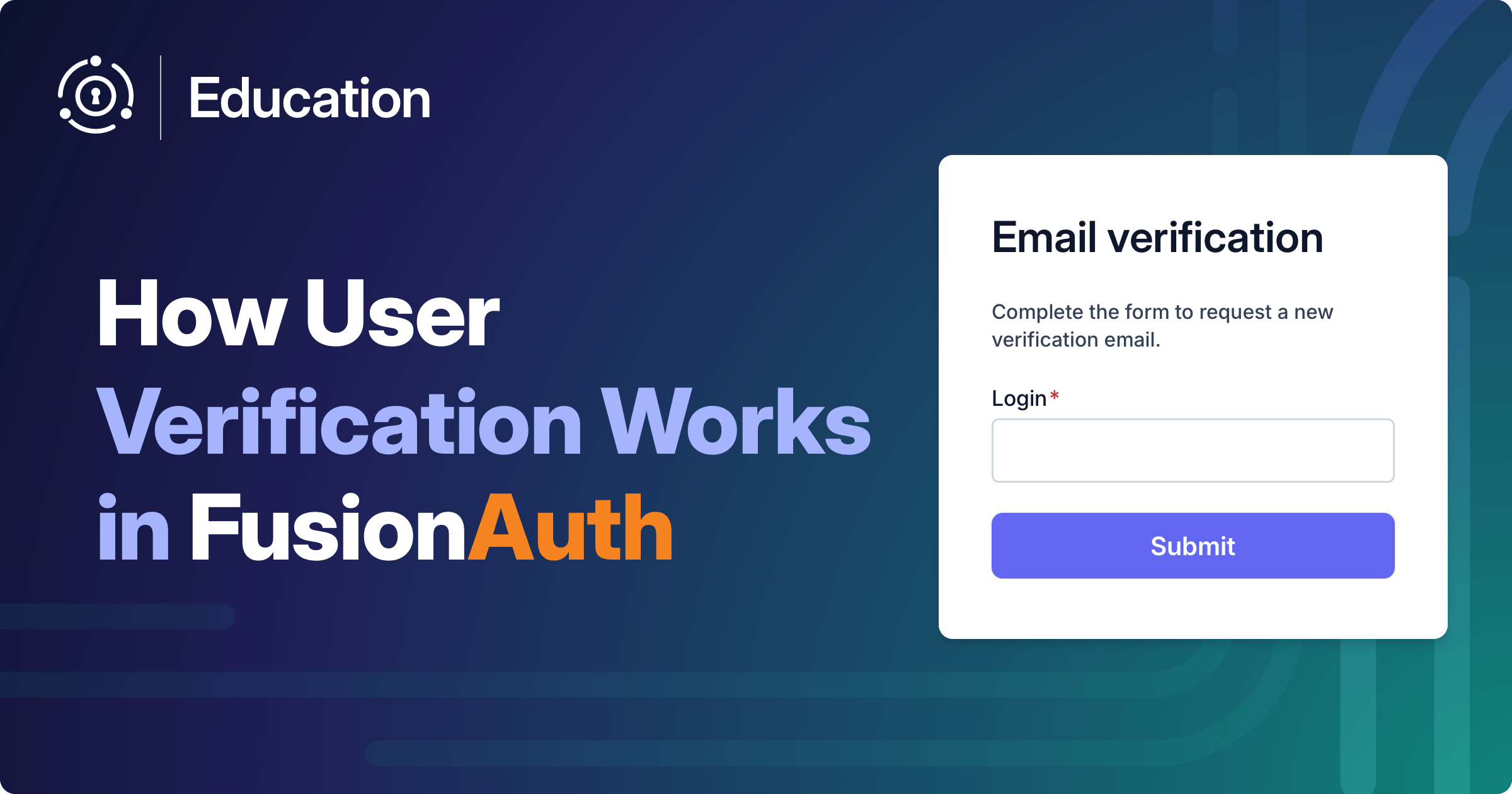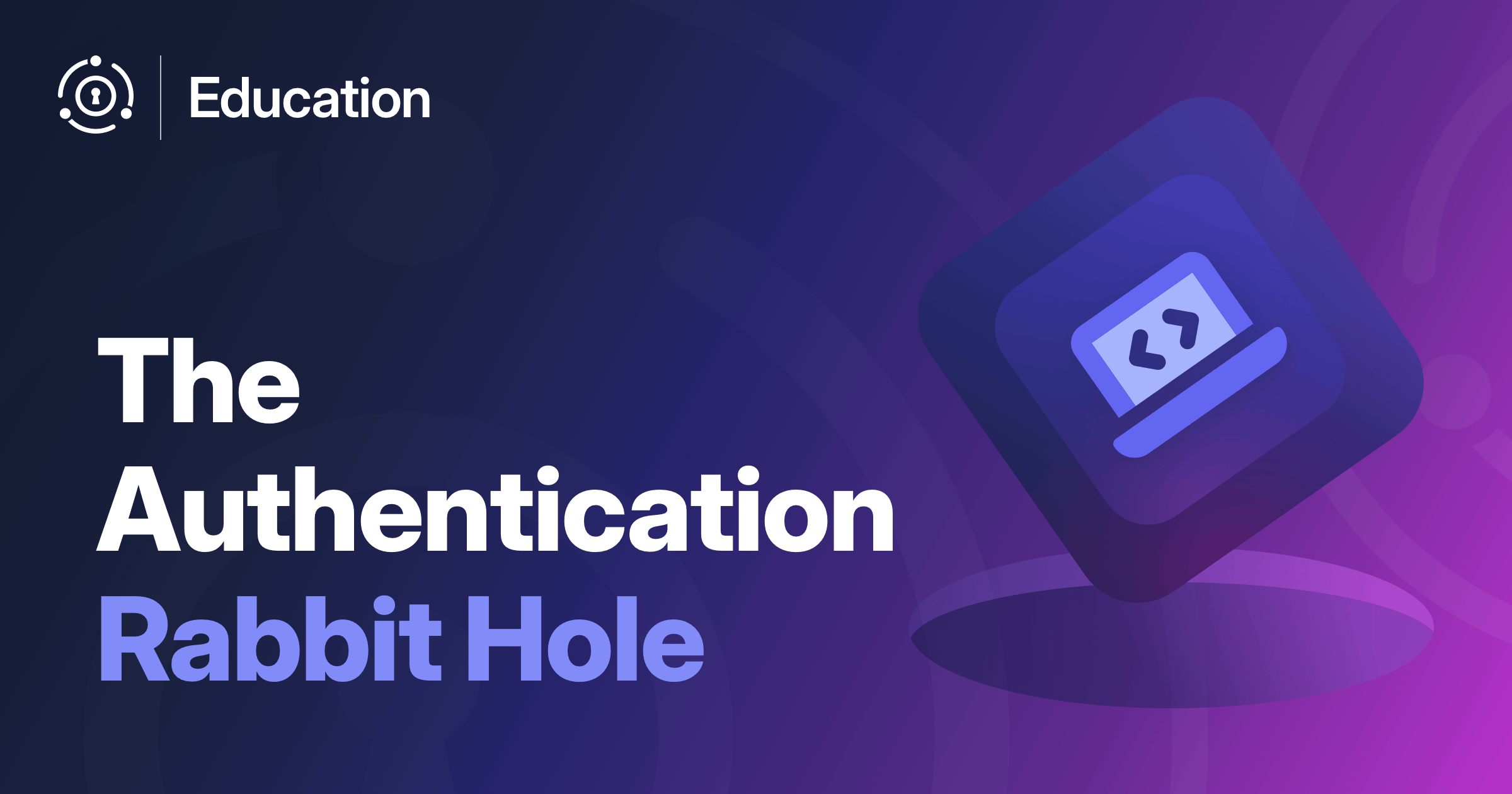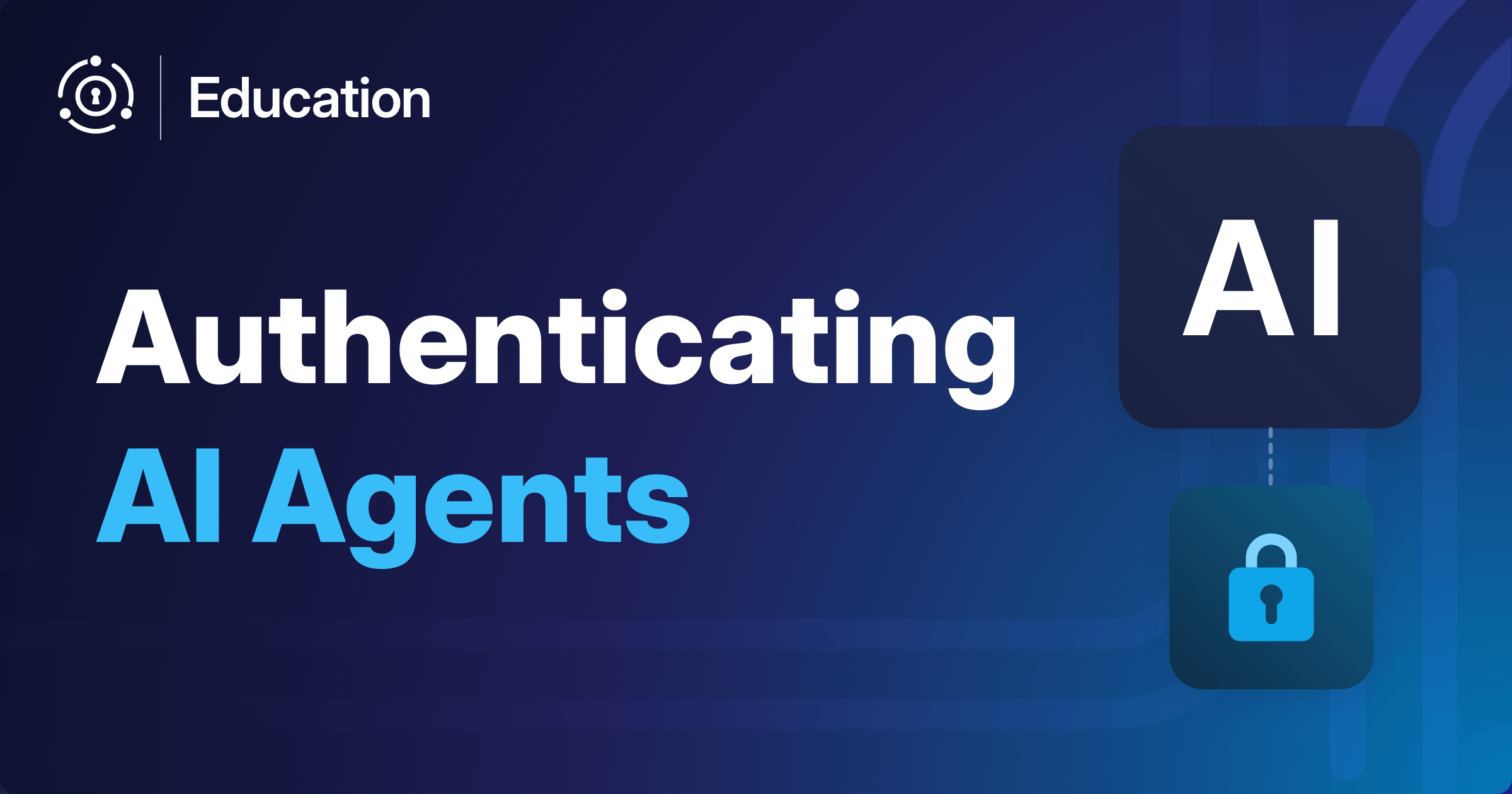The Grant Negotiation and Authorization Protocol, also known as GNAP, is currently being formulated in an IETF working group. This protocol will not be backward compatible with OAuth2. However, since it is a new major auth standard and is currently in development, you should give it some attention.
GNAP is in the discussion and iteration stage, but you can read the draft version to which this post refers. According to the working group charter, this standard will be released in multiple parts beginning in the middle of 2021. Additionally, they state that GNAP will not be backwards compatible with OAuth2 and OIDC, but it will solve similar problems:
This group is chartered to develop a fine-grained delegation protocol for authorization, API access, user identifiers, and identity assertions. … Although the artifacts for this work are not intended or expected to be backwards-compatible with OAuth 2.0 or OpenID Connect, the group will attempt to simplify migrating from OAuth 2.0 and OpenID Connect to the new protocol where possible.
What’s in a name?
Despite the title of this post, the authors of the specification don’t call the standard “the next generation of OAuth”. That’s simply how I refer to it, as I believe that captures the essence of the effort. However, the proper name for this proposed standard is confusing. Others have called it OAuth3. The standard grew out of two competing efforts, TxAuth and OAuth.xyz.
However, the proper name for this specification is the Grant Negotiation and Authorization Protocol, or GNAP. GNAP, for any wondering, should be pronounced ‘g-nap’, though there was some discussion on the mailing list about the topic.
What’s wrong with OAuth
Why might you care, if you are happy using OAuth2 and OIDC for your standards based authentication needs? The core OAuth specification, good old RFC 6749, was released in 2012 and has some real strengths:
- The spec is widely supported and deployed.
- It can be, and has been, extended to support novel use cases, such as the device grant.
- By leveraging the work of experts who wrote the RFC as well as commercial and open source tools, you can build a secure auth system without a security PhD.
- OAuth2 is easier for clients to implement than other protocols solving the same auth problems, such as SAML.
But nothing is perfect. OAuth2 also has some flaws. These include:
- The tight coupling of the auth process to redirects with a browser as the client.
- Archaic developer ergonomics, including heavy use of form parameters.
- Limited deployment of sender constrained tokens. There are several ways to limit tokens to the clients which requested them. DPOP and MTLS are options. These “proof of possession” solutions are not widely or easily deployed, however. Most OAuth systems issue bearer tokens, with the associated security risks.
- Discovery of OAuth endpoints is cumbersome. From the RFC: “The means through which the client obtains the location of the authorization endpoint are beyond the scope of this specification, but the location is typically provided in the service documentation.” Translation: developer, look it up. There is an RFC to help with this, though.
- The mobile app experience for OAuth2 auth is suboptimal. The Security Best Current Practices document for mobile apps, RFC 8252, indicates that webviews should not be used: “This best current practice requires that native apps MUST NOT use embedded user-agents to perform authorization requests…”. This means that your beautiful native app has to open a system browser when your user wants to authenticate. Not the best experience.
A final issue with OAuth2 is complexity. Here are some of the RFCs that you may need to read when getting started with OAuth2:
GNAP isn’t alone in trying to fix some of these issues. OAuth 2.1 is addressing some of them as well. From my research, including reading the draft spec and reviewing discussion on the mailing list, GNAP aims to address these problems in a more cohesive manner.
Curious how FusionAuth stays ahead of evolving standards like GNAP? Schedule a personalized demo and see how our platform future-proofs your authentication stack.
Things that excite me about GNAP
First, it’s worth reiterating that GNAP is still changing. There’s a lot of discussion on the mailing list and you can also see changes in the GitHub repo. It appears that the draft is being edited there. The features below may be in, out, or modified if you are reading this post months after publish date.
Second, if you prefer your auth content spoken rather than written, I also recorded a video about GNAP. As a bonus, there’s a beer garden analogy.
Below are some of the exciting GNAP features which will help make OAuth style auth easier to use when the specification is implemented.
Jargon
No article on authentication and authorization standards would be complete without some acronyms. It’s worth reviewing the roles outlined in the spec. In this post, I’ll be spelling out the role in my text, but when quoting the draft the acronyms will be used.
Distinct roles for the Requesting Party and Resource Owner
In the typical OAuth2 authorization code grant, the owner of a resource, who can grant delegate access to protected resources, is assumed to be the person who requested the grant.
This is often the case, as when I grant a photo printing service access to my Flickr account. Wait, is it 2012? I meant my Google Photos account.
But sometimes the entity requesting permission may be different from the entity which needs to grant permission: the resource owner. In GNAP, this entity is termed the requesting party and has the acronym RQ. The requesting party drives the resource client. This could be a browser or some other device. The requesting party seeks access to protected resources, which live on the resource server.
From the specification:
The RQ interacts with the RC to indicate a need for resources on behalf of the RO. This could identify the RS the RC needs to call, the resources needed, or the RO that is needed to approve the request. Note that the RO and RQ are often the same entity in practice.
Multiple access tokens
With GNAP, a client can ask for multiple access tokens in one grant request. This would allow software to request different access for multiple resources.
This is possible right now with multiple grant requests. However, making this easier will encourage devs to build systems with more granular permissions. For instance, you could request read privileges on one resource and read and write privileges on another, but only ask the owner of the resources to approve these requests one time.
Here’s an example of how such a request might look, pulled from the draft specification:
{
"resources": {
"token1": [
{
"type": "photo-api",
"actions": [
"read",
"write",
"dolphin"
],
"locations": [
"https://server.example.net/",
"https://resource.local/other"
],
"datatypes": [
"metadata",
"images"
]
},
"dolphin-metadata"
],
"token2": [
{
"type": "walrus-access",
"actions": [
"foo",
"bar"
],
"locations": [
"https://resource.other/"
],
"datatypes": [
"data",
"pictures",
"walrus whiskers"
]
}
]
}
}This is asking for two different tokens, for three different resources: photo-api, dolphin-metadata and walrus-access. Additionally, the resources to which access is requested can be rich JSON objects, like photo-api. They can also be simple strings like dolphin-metadata.
Interactions are first class concepts
In GNAP, the requesting client, declares what kind of interactions it supports. The authorization server responds to the request with an interaction to be used to communicate with the resource owner. In some cases the interaction may also be used to interact with the RC as well; the specification is a bit fast and loose here.
Having these interactions defined in the spec as first class objects provides extension points for future communication. Examples of defined interactions include:
* Redirect: “redirect[ing] to an arbitrary URL” using the browser. * App: “launch[ing] an application URL” on a mobile device.
- Callback: a URL to which the authorization server should send the resource owner after it is done with this interaction.
- User code: a short code which can be displayed, similar in flow to the OAuth2 device grant.
There’s also support for “no interaction” between the requesting client and the resource owner. This is useful if you have an out of band method by which they can communicate, such as carrier pigeon as defined by RFC 2549.
Continuation of a grant
Grant requests in OAuth2 are typically one and done. If circumstances change, the client starts a new grant. With GNAP, if the authorization server determines a grant can be continued, it provides a grant identifier.
This might be part of the authorization server response for such a grant:
{
"continue": {
"access_token": {
"value": "80UPRY5NM33OMUKMKSKU",
"key": true
},
"uri": "https://server.example.com/continue",
"wait": 60
}
}The access_token in the above snippet is the grant identifier and can be presented to the authorization server if the grant needs to be modified or continued. I find that terminology a bit confusing, because the access_token isn’t directly related to client access to the protected resources. A client would always present the access_token to the authorization server.
This is exciting, similarly to the multiple access token capability, because it makes doing the right thing easier. It lets a client step up or step down access if circumstances change. For example, when a client first interacts with a resource, it might need write access, but later only need read access. With GNAP, the client can continue the grant request to get a new token with fewer privileges. This ensures that the client only has privileges it needs when it needs them.
In some cases, such as the step down scenario, where fewer privileges are needed, the authorization server may not even communicate with the resource owner. From the spec:
> … [When] the RC realizes that it no longer needs “write” access and therefore modifies its ongoing request, here asking for just “read” access instead of both “read” and “write” as before. … The AS replaces the previous resources from the first request, allowing the AS to determine if any previously-granted consent already applies. In this case, the AS would likely determine that reducing the breadth of the requested access means that new access tokens can be issued to the RC. The AS would likely revoke previously-issued access tokens that had the greater access rights associated with them.
You can also cancel grants, if the client no longer needs access to protected resources. This is done with a DELETE call using the aforementioned access_token.
If the RC wishes to cancel an ongoing grant request, it makes an HTTP DELETE request to the continuation URI.
This will also require the authorization server to revoke tokens associated with this request. This is a departure from vanilla OAuth2, where tokens may not be explicitly revoked.
Keys everywhere
Cryptographic keys are woven into GNAP at multiple levels. Here’s an excerpt of an example request, pulled from the draft spec:
{
"client": {
"display": {
"name": "My Client Display Name",
"uri": "https://example.net/client"
},
"key": {
"proof": "jwsd",
"jwk": {
"kty": "RSA",
"e": "AQAB",
"kid": "xyz-1",
"alg": "RS256",
"n": "kOB5rR4Jv0GMeL...."
}
}
},
}The key value of the client object is the key which signed the request. Many formats are supported.
In some cases, the key attribute has the value true; in this case the token is bound to the key of the client previously presented to the authorization server.
Are all GNAP tokens sender constrained? Fear not! Bearer tokens still work. The draft still has that concept, which has been so successful in the OAuth2 ecosystem. If you want a bearer token, set key to false:
If the key value is the boolean false, the access token is a bearer token sent using the HTTP Header method defined in RFC6750.
Built-in identity
Unlike OAuth2, an authorization framework with no concept of identity, GNAP includes such features.
A client may request information about the owner of a resource in the initial grant request. If the AS determines that the owner has granted permission to release this information, either actively or passively, it can be returned.
Here’s an example of an authorization server response from the draft:
{
"user": {
"sub_ids": [ {
"subject_type": "email",
"email": "user@example.com"
} ],
"assertions": {
"id_token": "eyj..."
}
}
}The inverse case is handled too. If the client knows who the resource owner is, it can present identity claims. If a client presents such claims and the authorization server trusts they are tied to the resource owner, that user need not be consulted for the delegation decisions. This trust can be built through request signing.
From the specification:
If the AS trusts the RC to present verifiable assertions, the AS MAY decide, based on its policy, to skip interaction with the RO, even if the RC provides one or more interaction modes in its request.
Developer ergonomics
OAuth requires clients to make requests with the application/x-www-form-urlencoded media type. Data is transmitted using form parameters, a stable format, guaranteed to be usable by many different clients and most programming languages.
However, many modern APIs use application/json as the media format. JSON has its flaws; why oh why can’t we have comments in JSON? But it is more flexible and allows richer object structures than form parameters. You aren’t forced to use JSON with GNAP. You can collapse many objects into simple strings; you don’t have to use nested structures if you don’t want to.
With GNAP, you can identify resources, interactions and other entities by reference as well. You may use these to refer to the entity in other operations. For example, here’s a reference to an interaction which can be used to modify an existing grant, as discussed in “Continuation of a grant” above.
{
"interact_ref": "4IFWWIKYBC2PQ6U56NL1"
}All references may be static or dynamically generated. In either case, they allow easier communication between the authorization server and the requesting client. From the spec:
Many parts of the RC’s request can be passed as either a value or a reference. The use of a reference in place of a value allows for a client to optimize requests to the AS.
With GNAP, one endpoint begins all interactions between the requesting client and the authorization server. In true HATEOAS fashion, clients start from that well known endpoint and follow links embedded in received JSON documents to other endpoints. No more consulting documentation to find out which endpoints you have to call when.
Is it time to stop using OAuth?
Whew. That’s a lot of new functionality. What should you do about the GNAP release?
First, if OAuth2 works for you, keep using it. Of course, make sure you use it properly, with all the security improvements documented in OAuth 2.1. OAuth2 is not going anywhere.
Twitter recently updated from OAuth1, which was published as a standard in 2010. It’s likely that systems will still be running OAuth2 in three years. In fact, my colleagues laughed when I mentioned three years; they think it’ll be more like a decade. Auth is so foundational that when it works, breaking upgrades take a long time to roll out.
If you are an authorization server vendor, or you build your own OAuth servers, then you should take the following steps:
- Keep an eye on the draft. There’s more in there worth examining, and it’s still changing.
- Join the mailing list and contribute if you can. Many members of the identity community already have. I’ve seen new folks join the mailing list and be welcomed with their feedback.
- Watch for or build a reference implementation. Justin Richer, one of the editors of the spec, has committed to transitioning OAuth.XYZ to being an implementation of GNAP: “GNAP will one day be a formal standard, and as that standardization process takes place, XYZ will transition to being an implementation of that standard.”
If you are a user of OAuth, take a more relaxed stance. However, you should still review the GNAP spec and see if it fits your use cases better, especially as the draft becomes more concrete.
In particular, review the migration path for the major OAuth grants, as documented in section 1.4 and Appendix C of the draft. Have a discussion with your authorization server vendor or open an issue in the repo of open source libraries you use to see what their plans are for GNAP.
Additional resources
Here are additional resources, should this have whetted your appetite for all things GNAP.


